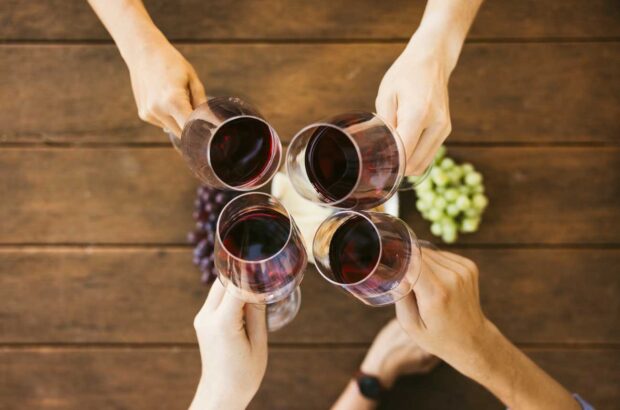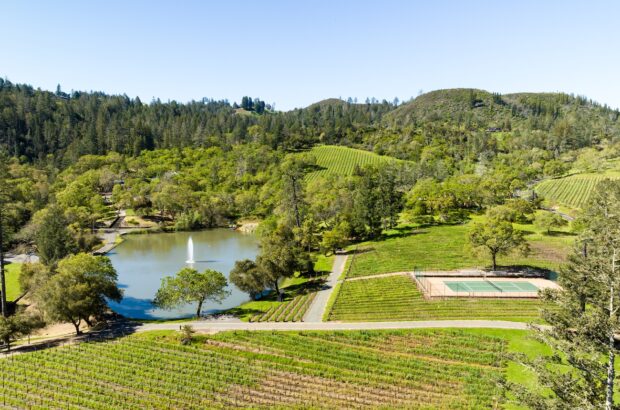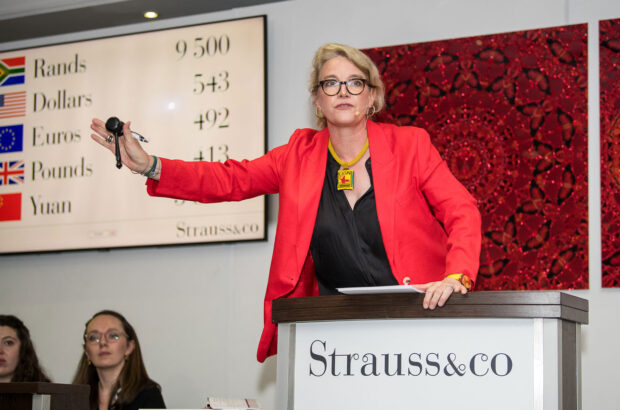Several white wine producers took the unusual step of performing the secondary malolatic fermentation of their Semillon or Sauvignon Blanc grapes, in an attempt to tame the high acidity that has been a feature of the Bordeaux 2014 vintage.
The cool summer months experienced during the growing season of Bordeaux 2014 meant that acidity levels in the grapes remained higher than usual even after ripening, with some recording malic acid levels of 6 grams per litre.
Professor Denis Dubourdieu, in his summary of the vintage, wrote that partial malolactic fermentation, ‘rarely practiced on white Bordeaux… was recommended for the most acidic lots. When well done, this made the wines rounder without detracting from their typicity’.
While some grape varieties, notably Chardonnay, routinely undergo malolactic fermentation in regions such as Burgundy, it is thought that this secondary fermentation – which typically takes place after the initial fermentation that turns sugar to alcohol, and is intended to turn harsh green apple malic acids into softer rounder lactic acids – can harm the vibrant aromatics of Sauvignon Blanc.
‘We preferred to use regular lees stirring and a higher proportion of Semillon in the blend to round out the flavours naturally in this vintage,’ Dominique Guignard of Chateau Roquetaillade La Grange told Decanter.com, as did Fabien Teitgen at Smith Haut Lafitte, who confirmed that he had carried out experimentation with malo on Sauvignon Blanc in the past, but felt it was detrimental to the purity of the fruit.
Chateau Mouton Rothschild routinely performs a partial malolactic on its Sauvignon Blanc grapes, with technical director Philippe Dhalluin going on record on several occasions saying that he tries to steer away from overly-herbaceous Sauvignon flavours – but this is one of the very few estates in the region to carry out the practice regularly.
At Chateau Olivier, where this year director Laurent Lebrun carried out a partial malolactic on small plots of both Sauvignon Blanc and Semillon, it is not likely to become a regular feature.
‘The grapes that have seen malolactic fermentation account for less than 5% of the final blend in the first wine,’ he said.
‘We have been pleasantly surprised by the quality of the result, but the majority of our plots achieved concentration and vibrancy naturally, with intense aromatics. Fresh acidities are essential for ageing potential in Bordeaux whites, and are a feature that we have no intention of changing.’
See more Bordeaux 2014 coverage:








